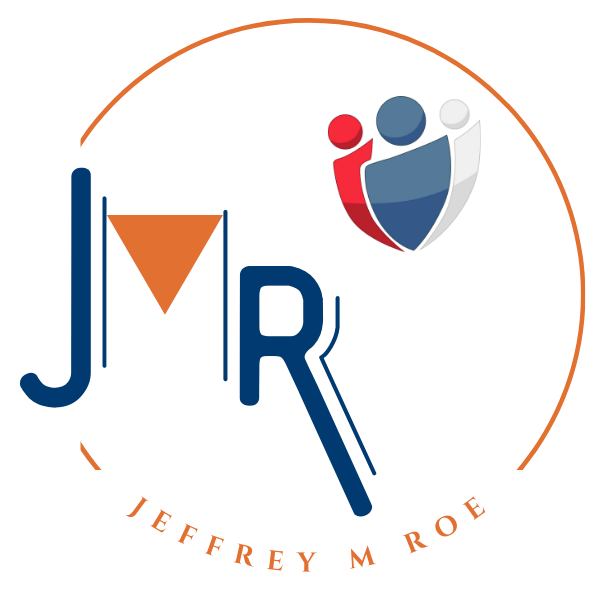Growth Is the Goal. Is Human Resources in the Room?
If you’re a Chief Human Resources Officer (CHRO) or senior executive, you’ve likely heard the rallying cry for 2025: growth at all costs—sustainable, scalable, and strategic. According to recent data from Gartner, Chief Executive Officers (CEOs) are prioritizing growth at the highest levels we’ve seen in over a decade.
But here’s where things start to break down.
In too many leadership meetings, Human Resources (HR) shows up with dashboards when the business is asking for blueprints.
I don’t say this critically—I say it because I’ve been in those rooms. I’ve seen brilliant HR leaders present quarterly engagement trends, attrition metrics, and time-to-fill data… only to watch the CEO turn and ask, “But what’s the plan?”
That’s the key difference. Dashboards show us where we’ve been. Blueprints help us see where we’re going.
A blueprint answers questions like:
– What roles do we need six months from now to hit our market goals?
– How will we staff that new region or product line before launch?
– What skills are missing today that we’ll need tomorrow?
It’s about designing ahead—not just reporting back. And that shift changes everything.
Strategic HR: More Than Just a Seat at the Table
Let’s face it—“strategic HR” is one of those terms that’s easy to say and harder to live. But when it’s real, it looks like this:
- HR in the room when the organization decides to enter a new market—not after.
- Workforce planning tied to business goals, not budget leftovers.
- Leadership development geared toward transformation, not tenure.
This is HR as a co-creator of business outcomes—not a service provider for internal needs. When we show up with blueprints, the conversation changes.
Three Ways CHROs Can Lead the Growth Agenda
To be clear, this isn’t about doing more. It’s about doing the right things, with intention. Here are three levers I see CHROs pulling to become true growth architects:
- Build Leadership That Can Move the Business
Leadership development can’t just be about readiness anymore. It has to be about impact. Are your leaders capable of guiding transformation, navigating hybrid complexity, and inspiring accountability? - Turn Workforce Planning into a Business Discipline
The days of static headcount forecasting are over. Now, we need dynamic, scenario-based workforce planning that aligns with business bets. That means HR, Finance, and Operations working from the same playbook. - Think Ecosystem, Not Org Chart
Your next talent advantage may not be internal. It could be a freelancer, a partner, a cross-trained team. The best HR teams are thinking beyond roles and focusing on skills, access, and agility.
Speak the Language of Growth
Here’s where many HR teams unintentionally get left behind: we’re speaking HR, and the business is speaking outcomes.
If we want a real voice in growth strategy, we have to translate our work:
- Talk about how culture enables innovation—not just how people feel.
- Tie your Employee Value Proposition (EVP) to retention, reputation, and revenue.
- Connect internal mobility to product speed and customer experience.
When we do that, we move from reporting function to strategic enabler. From support system to growth engine.
If there’s one mindset I wish every HR leader would embrace this year, it’s this: we belong in the growth conversation—but we have to show up ready to lead it.
That means less about tracking where we’ve been, and more about mapping where we need to go. Our talent strategies should be just as bold and forward-looking as our market strategies. That’s where the blueprint comes in.
Because at the end of the day, no business grows without people growing with it. And no team is better equipped to lead that than Human Resources.

